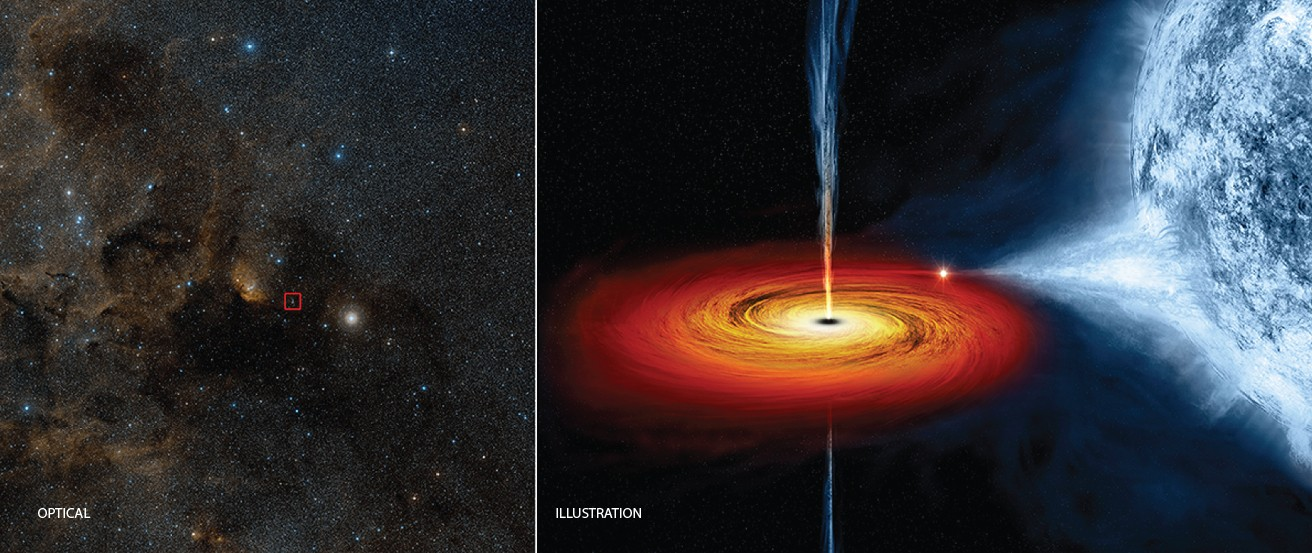A Groundbreaking Discovery in Gravitational Wave Astronomy
In November 2023, a cosmic event known as GW231123 shook the scientific community. This was the most massive black hole binary ever observed through gravitational waves, presenting new challenges to our understanding of how black holes form. Researchers from Cardiff University, including Mark Hannam, noted that this merger pushed the boundaries of current astrophysical models.
Two black holes, with masses of approximately 137 and 103 solar masses, merged into one with a mass of around 225 solar masses. The energy released during this collision was so immense that it temporarily outshone all the stars in the observable universe by a factor of 1,000. This event not only set records but also raised important questions about the formation of such massive objects.
The Engineering Behind the Detection
The detection of this event was made possible by the laser interferometer, a remarkable engineering achievement. Instruments like those used by LIGO have arms that stretch over four kilometers long. They use highly precise lasers that bounce off mirrors multiple times, allowing them to detect changes in length as small as one ten-thousandth of a proton’s size. This sensitivity is rooted in the “sticky-bead” argument, a thought experiment that demonstrated gravitational waves carry energy and inspired the design of modern detectors.
As gravitational waves pass through space, they cause it to stretch and compress alternately. This subtle change affects the distance the laser beams travel. When the beams are recombined, any deviation from complete destructive interference signals the presence of a gravitational wave. This technology has opened up a new way of observing the universe.
Challenging Existing Theories
The GW231123 event also uncovered gaps in our understanding of black hole formation. According to current theories based on stellar evolution, black holes between 60 and 130 solar masses should be extremely rare or non-existent due to pair-instability supernovae. In these scenarios, very massive stars become unstable, shedding their outer layers or exploding entirely without leaving behind a black hole. This creates what is known as a “mass gap.”
However, the black holes involved in GW231123 fall within this forbidden zone. This raises questions about whether our simulations are incomplete or if these massive objects formed through prior mergers. This possibility suggests that dynamic, hierarchical growth of black holes might occur in dense star populations, challenging existing assumptions.
Spinning Black Holes and Complex Signals
Another intriguing aspect of the GW231123 event is the rapid spin of the black holes involved. Charlie Hoy from the University of Portsmouth reported that they were spinning at speeds near the limit allowed by Einstein’s theory of general relativity. Such high spins complicate the modeling of gravitational wave signals, pushing the limits of current data analysis techniques and theoretical models.
Gregorio Carullo from the University of Birmingham predicted that it will take years for the scientific community to fully understand the complex signal patterns and implications of this event. This highlights the need for continued research and development in gravitational wave astronomy.
Funding Challenges and Future Prospects
Despite these exciting discoveries, the future of gravitational wave astronomy faces significant challenges. The US administration’s proposed 2026 budget includes a 40% reduction in funding for LIGO, which could force the closure of one of its two observatories. Maya Fishbach, an astrophysicist, compared this to trying to fly a plane with only one wing. Losing a single site would severely impact the ability to triangulate the source of gravitational wave detections, affecting both scientific research and local economies.
A recent upgrade to one of LIGO’s sites increased the number of detectable events by 60%. Halving the network’s capacity would not just be a loss for astrophysics but also for American scientific leadership.
Expanding Horizons with LISA
The Laser Interferometer Space Antenna (LISA) mission offers a promising future for gravitational wave astronomy. As a space-based observatory, LISA could detect gravitational waves from even heavier and more distant black hole mergers. It would provide early warnings for ground-based detectors, offering humanity a new perspective on the universe.
However, the same budget proposal that threatens LIGO also jeopardizes LISA, putting US participation in a historic international effort at risk.
A New Era in Physics
The GW231123 event demonstrates the power and potential of gravitational wave science. Each discovery not only expands the frontiers of physics but also reveals the surprises the universe holds. As Sophie Bini from Caltech said, “It’s a powerful example of how much we can learn from gravitational-wave astronomy—and how much more there is to uncover.”







